Sustainable Celebrations: Caring for Your Living Christmas Tree
24. 7. 2024
What will you learn in this article?
- ⭐ Considerations for Skipping the Cut Christmas Tree This Year
- ⭐ Know Before You Buy
- ⭐ Artifical, Potted, Planted or Rented?
- ⭐ Christmas Tree rentals
- ⭐ Purchasing the living Christmas Tree
- ⭐ Returning the Tree Back Outside
- ⭐ Advantages and disadvantages of a potted Christmas tree
- ⭐ What kind of tree to choose?
- ⭐ Flowerpot Christmas tree decoration
A living Christmas tree could be a better pick than a cut one.
A living tree sticks around for years, unlike a cut tree that only lasts for one holiday season. A cut tree looks great as a holiday decoration, but once the festivities are over, you’re left with sad, brown trees scattered all over the neighborhood.
It’s a sorry sight and not a great way to kick off the year.
Considerations for Skipping the Cut Christmas Tree This Year
You can find most Christmas trees at tree farms, where they’re grown specifically to be cut down for the holiday season. Once the tree is cut, though, its days are numbered. Keeping the bottom of the cut tree supplied with fresh water can help slow down the dying process and prevent the needles from drying out and falling off too quickly. But without a root system, the tree is essentially living on borrowed time. There are lots of ways to reuse cut Christmas trees after the season is over, such as turning them into garden mulch.
Because cut trees don’t last long, getting a living tree might be a cooler choice. You can reuse it every year or plant it in your yard for some chill shade, a wildlife hangout, and a solid windbreak for years to come.
There is also a great solution for those who don’t have a garden and can’t plant a tree after Christmas – potted Christmas tree rentals.
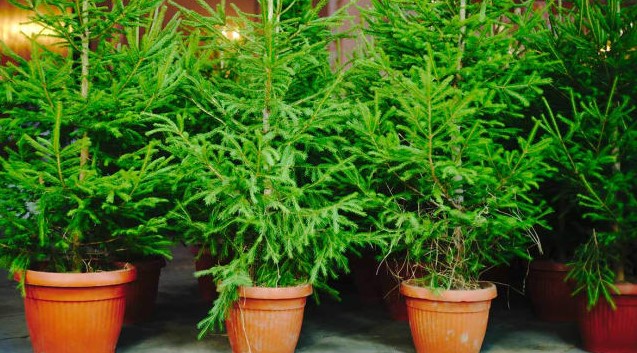
Know Before You Buy
This is a very unique idea: you can rent a living Christmas tree, have it in your home for a few weeks, and then have it taken away to be cared for and nurtured for a year on a farm or in a nursery until the next Christmas when it will be ready to grace someone’s home again.
It may seem perfect, but there are a few downsides. While it’s less wasteful, there are several considerations to keep in mind.
Read our article about why you should think about buying the potted or planted Christmas tree or renting a potted Christmas tree—and why you might not want to.
Artifical, Potted, Planted or Rented?
One great thing about having a potted, planted, or artificial Christmas tree is the emotional aspect.
This is a pretty good reason, especially during the emotionally charged holiday season. If you feel bad about tossing out a beloved Christmas tree on the curb (or even composting it, the eco-friendly alternative available in many regions), having a potted Christmas tree helps ease some of the guilt and sadness from dragging the tree downstairs and leaving it on the sidewalk for days before it’s picked up.
What about the artificial Christmas Trees?
While some people may opt for artificial Christmas trees, we have stringent criteria for selecting high-quality trees that have a long lifespan. This approach ensures that the reduced environmental impact over time offsets the shipping costs and plastic waste that often ends up in landfills.
Additionally, cut trees can be composted into mulch, while potted trees can be planted in parks or landscapes, continuing to capture carbon from the atmosphere and produce oxygen as long as they are alive

Christmas Tree rentals
Some companies actually rent out trees, and each year, they make an effort to collect the trees and return them to the mountains to keep them alive for another eleven months until the next Christmas season.
With certain companies, you can rent the same tree year after year, so the tree essentially grows along with your family. They carefully prune each tree “like bonsai” to make sure they are the perfect shape for people’s homes. The company maintains the perfect height-to-width ratio for all tree varieties, including redwood, spruce, fir, and cedar.
The rental of potted trees offers the advantage of convenience.
When you rent a potted tree, it’s typically delivered to your home, making it easier to transport compared to purchasing a live tree in a container. Potted trees are gently extracted from the ground, placed in a pot, and delivered to your home. A few weeks later, the rental company will pick it up and replant it. They usually provide care instructions for maintaining the tree in healthy condition.
Some companies keep the tree in a pot throughout the year and may need to repot it in a larger container annually as the tree grows. Using the same tree each year allows it to grow alongside your family, reflecting the passing of time.
However, if your space is limited, the tree may outgrow your home after a few holiday cycles, requiring you to switch to a younger, smaller tree.
Basically, renting a potted tree costs about the same as buying a cut tree. In New York, a 6-foot cut tree goes for $150 to $200. A potted tree of the same size falls in the same price range.
But keep in mind that prices for both rentals and cut trees can vary based on availability in your local area.
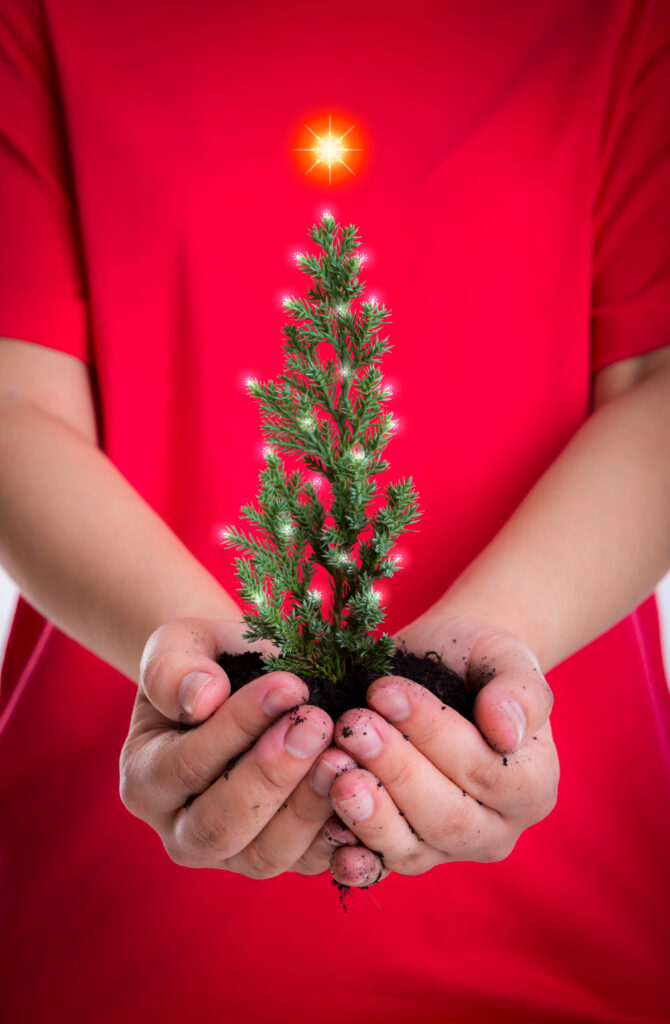
Challenges of a Potted Tree Rental
Despite the numerous benefits of renting a potted Christmas tree, there are important factors to consider if you plan to try it out this holiday season.
- They Require Extra Care: Potted trees are living organisms and require care similar to potted plants. When brought from a cold outdoor environment to a warm indoor one, they might think it’s spring and start to grow. This can cause the tree to lose its ability to withstand freezing temperatures for extended periods.
If the tree is kept in a warm environment for too long and then placed back outside in freezing temperatures, it could be severely damaged or killed. Most real Christmas trees, whether cut or living, should be kept in a cool place, especially potted trees, to prevent them from assuming it’s spring. For this reason, some tree rental companies may only allow you to keep the tree inside for a short period.
You’ll need to ensure the tree gets enough water, keeping the root ball moist but not soggy and the needles and soil consistently moist. Avoid placing the tree in drafty areas and use LED lights, which produce less heat than traditional bulbs.
Remember, you could be responsible for replacing the tree if it’s damaged or killed, so be sure to clarify the policies with your tree rental company before making any commitments.
- They’re Heavy: Just a heads up, if you’re used to lifting weights in your workouts, you might need some help getting a potted tree into your house. A potted tree is way heavier than a cut one because of the root ball, soil, and pot. In fact, a potted Christmas tree can be 20 to 25 pounds heavier than a cut one. For example, a 6-foot, 50-pound potted Christmas tree is significantly heavier than a cut tree. Some rental companies may deliver the tree right to the spot in your home, but it’s a good idea to double-check before you place your order just to be sure.
- They’re Not Widely Available…at least not as easy as cut trees. Most of the listings you’ll see are for California or the West Coast. If you can’t find any Christmas tree rentals in your area, ask your local Christmas tree farm if they’ve thought about renting trees in pots. It’s possible that if enough people ask, they’ll make it happen next year.
- You Will Need to Protect Your Floor or Furniture: Make sure to protect your floors or furniture when you get a potted Christmas tree. It’s important to have something underneath the plant so you don’t ruin the surface it’s sitting on.
If you decide to get a potted Christmas tree, remember that living trees aren’t used to being brought indoors and then back outside into the cold a month later.
Give it the care it needs, and when you order from the Christmas tree rental company the next year, it’ll be like reconnecting with an old friend who has aged gracefully – a bit different, perhaps bigger, and more beautiful than ever.
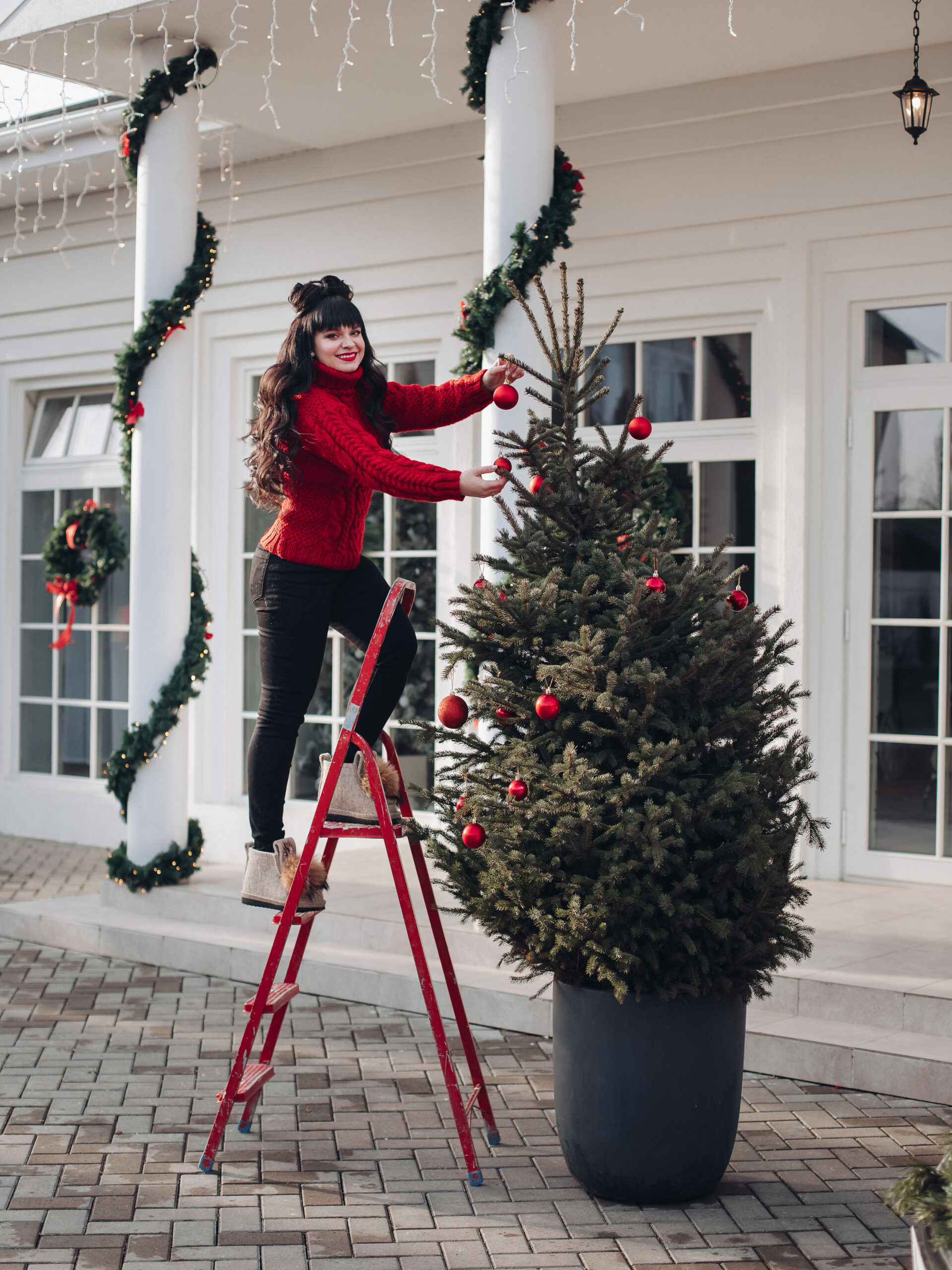
Purchasing the living Christmas Tree
If you’re thinking about getting a living Christmas tree this year, it’s important to pick types that fit well with your local weather, soil, and sunlight. Even healthy trees can struggle if they’re planted in spots that are too shady, wet, or warm for them, so choosing the right type really matters.
If you don’t have many planting options, it’s smart to figure out where you’ll plant the tree before buying one, as some spots might not work well for certain types of trees.
Potted or Planted?
You can totally keep a potted Christmas tree in its pot and move it outside after the holidays, and then bring it inside each year for the festivities. Just remember it will need more care than one that gets planted outside.
Since it’s in a pot, the tree will dry out faster than if it were in the ground, so you’ll need to water it regularly and repot it into a larger container as it grows. Also, because the roots are above ground, they might need extra protection in cold climates.
Taking care of the Tree
Similar articles
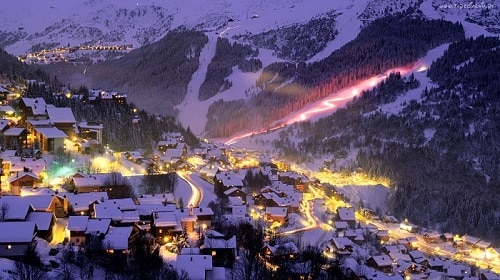
Christmas in the Mountains: Where to Go? We Have Great Tips for You! Get Inspired!
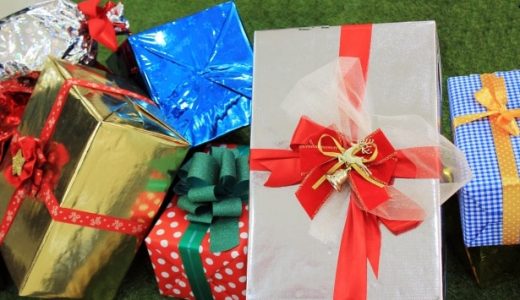
Worst Christmas Gifts to Avoid: A Survival Guide for Holiday Shopping

Where to Go to the Seaside for Christmas This Year? We Have Great Tips for You
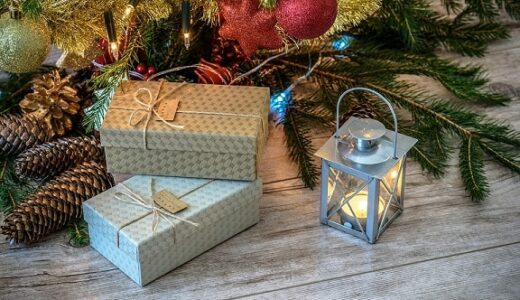
Creative Wrapping: Unique Ideas for Gift Presentation Beyond the Holidays
- Let your tree acclimate: No matter if you’re planning to keep your living Christmas tree in a pot year-round or eventually plant it in your yard, it’s important to let your new tree get used to indoor temperatures slowly. It’s suggested to place the tree in an unheated but sheltered place, like a garage, for a week or two before bringing it inside. Make sure to keep the tree’s roots damp but not soaked during this time, and remember to water it occasionally. It’s a good idea to ask the tree nursery for specific instructions based on the type of tree you choose.
- Pick a Cool, Bright Location: When setting up your Christmas tree at home, try not to put it near heaters or vents, and maybe close nearby dampers to avoid big temperature changes in that room. It’s better to keep the tree in a cooler spot rather than a warm one and ensure it gets plenty of natural light. A living Christmas tree is heavier than a cut one. Choosing a smaller tree will make it easier to handle and later plant outdoors, giving you more options for where to put it inside your home.
- Water your Tree Correctly: Don’t forget to water the tree regularly. Some people say it’s best to give it a little water every day. Make sure to place a big saucer under the pot to catch any extra water. To water the tree slowly so the soil can soak it up, just use some ice cubes. Depending on the pot size, you can put one to three trays of ice cubes on the soil, and they’ll melt slowly to water the tree. Putting mulch on the soil will also help it from drying out too quickly.
Returning the Tree Back Outside
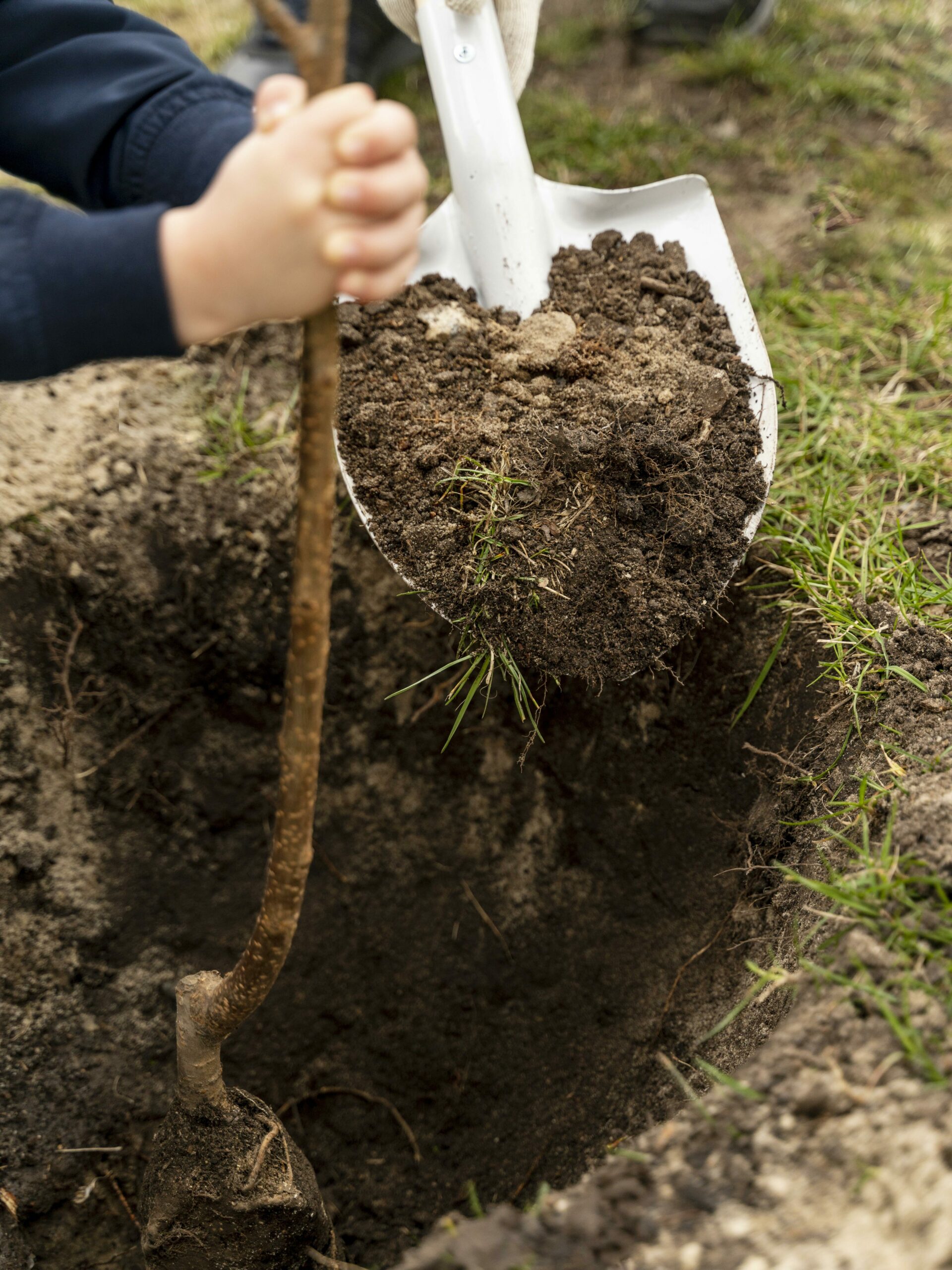
Keeping a living Christmas tree indoors should only be for a week to ten days, at most.
After that, move the tree to an unheated, sheltered spot for a few days. If the ground is frozen, find a sheltered location outside. If the ground isn’t frozen, plant the tree outdoors following the planting instructions for that variety and mulch the soil to protect it from the cold and retain moisture.
For year-round potted Christmas trees, move them to a permanent sunny spot after the transition and use heavy mulch.
If you don’t have a place to plant a living Christmas tree, you can still get one during the holidays and donate it to someone who does.
Consider other tree varieties like the Norfolk Pine for an indoor living Christmas tree, or you can simply decorate an artificial Christmas tree for the holiday season.
A Christmas tree doesn’t have to be your only Christmas plant. In addition, you can decorate your home with other Christmas flowers.
Advantages and disadvantages of a potted Christmas tree
Let’s talk about the pros and cons of having a living Christmas tree once again:
One big plus of having a live Christmas tree in a pot is its sustainability. If you love the smell of pine needles and can’t picture Christmas without a real tree, then a live one is the way to go. But keep in mind that it’s usually cut and thrown away after the holidays.
A potted Christmas tree is all about environmental conservation, so it’s totally eco-friendly. You can use it for Christmas and then plant it in your garden. The next winter, you can plant it again to use as a Christmas tree.
But what if you don’t have a family home? Can you store it on a balcony, for example? In this scenario, the young tree often doesn’t do well because it’s sensitive to sudden temperature changes. If you can’t plant the tree in your garden later on, you can plant it in nature instead.
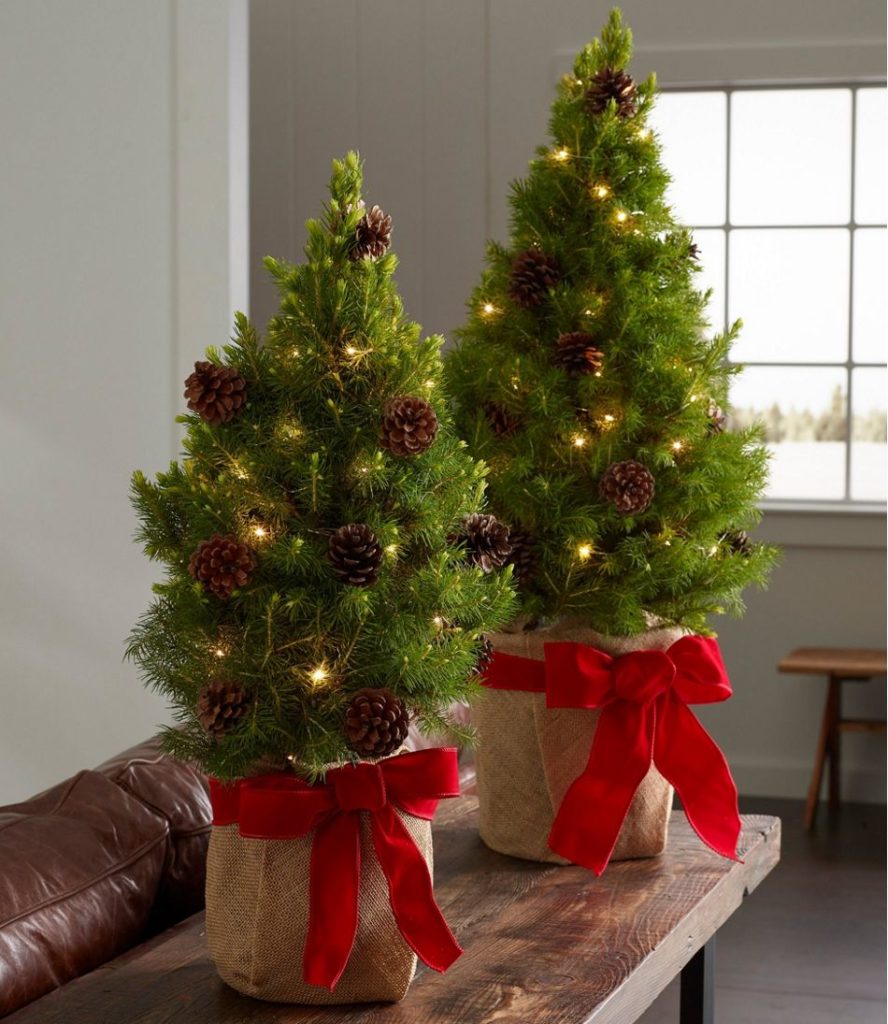
What kind of tree to choose?
Spruce, pine, or fir? Which live Christmas tree is guaranteed to be the best? It depends on you. Everyone likes something different. In particular, they differ in the price category, appearance, and features.
Although spruces are the most affordable and attractive, they fall off very quickly in the heat. Thanks to its long needles, pine does not look as nice as spruce, but it is more heat-resistant.
Fir trees are probably the most beautiful but also the most expensive. They are abundant and have a regular conical shape. The Korean fir, for example, is admirable, with beautiful purple cones.
Are you looking for information on how to choose a living Christmas tree? Get them in our article.
Flowerpot Christmas tree decoration
When decorating a Christmas tree in a flower pot, the same “rules” apply as when decorating a tree without a flower pot. You can decorate the tree in the colors of Christmas. Traditional colors include red, green, and white. The combination of different shapes also looks very nice.
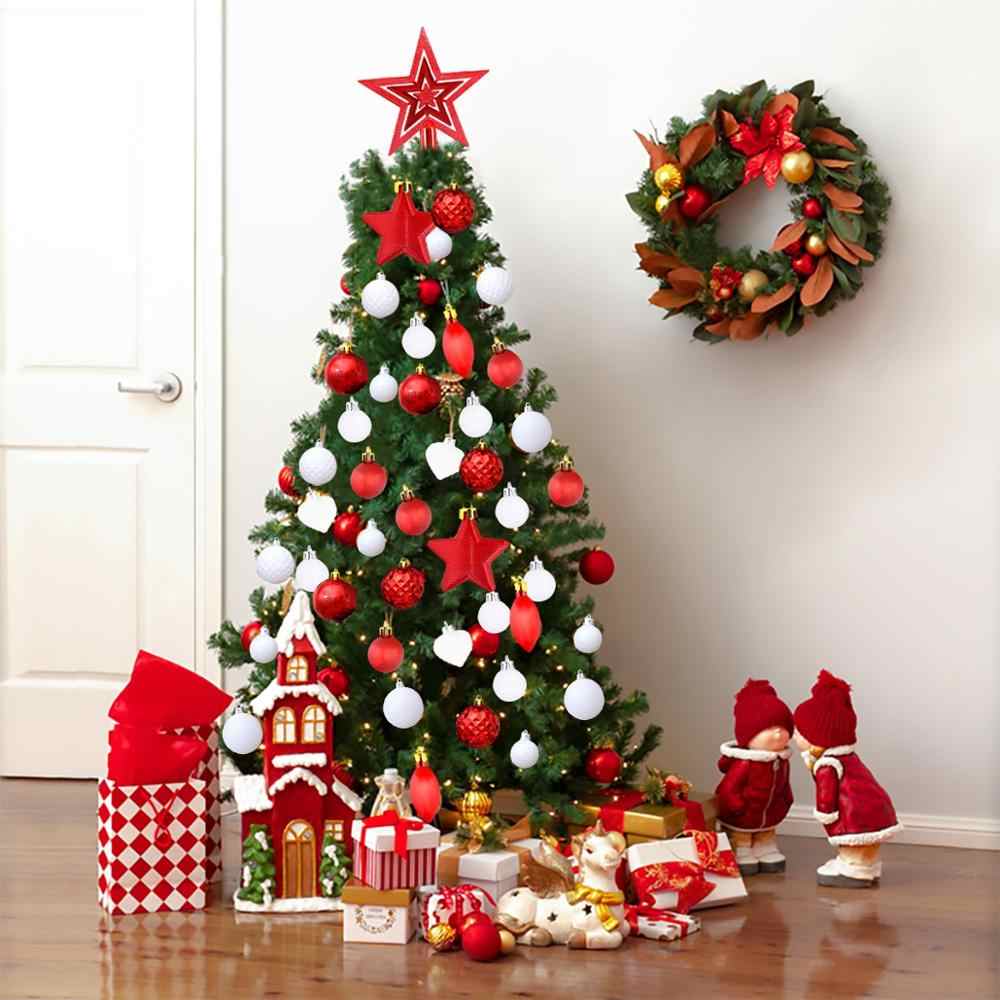
To bring the winter atmosphere into your home, decorate the tree with white colors and other muted shades.
A delicate white chain resembling snow and pine cones sprayed white can add a nice touch. Opt for more monochromatic lights to complete the look.
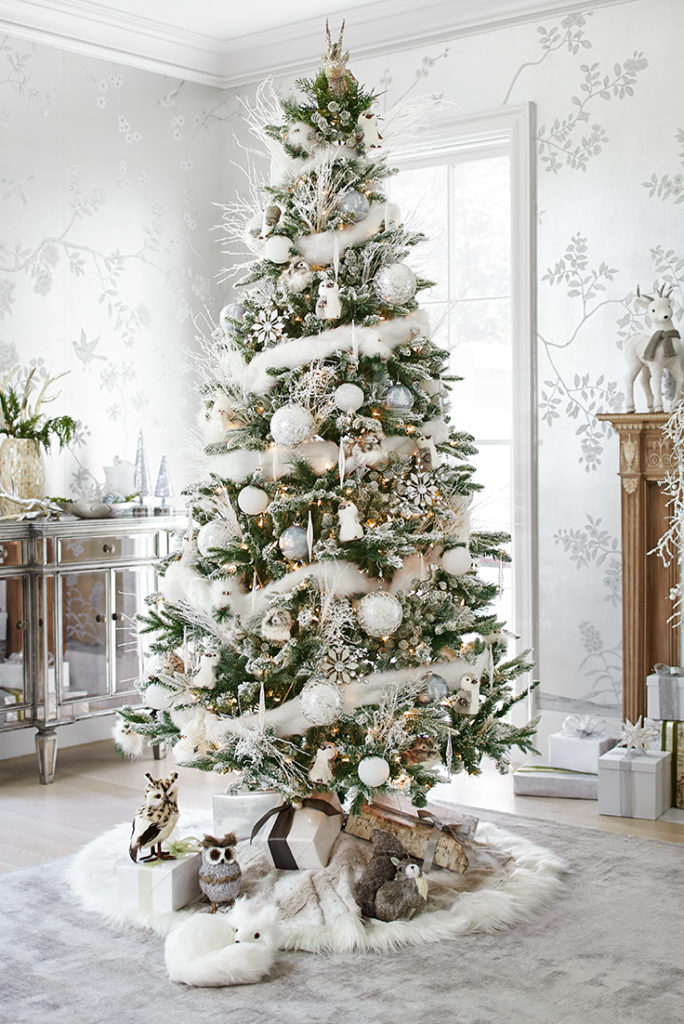
Salmon is a beloved hue that harmonizes beautifully with gold and white.
Let your tree sparkle with not just bulbs, but also with broad ribbons intertwined with dainty white chains.
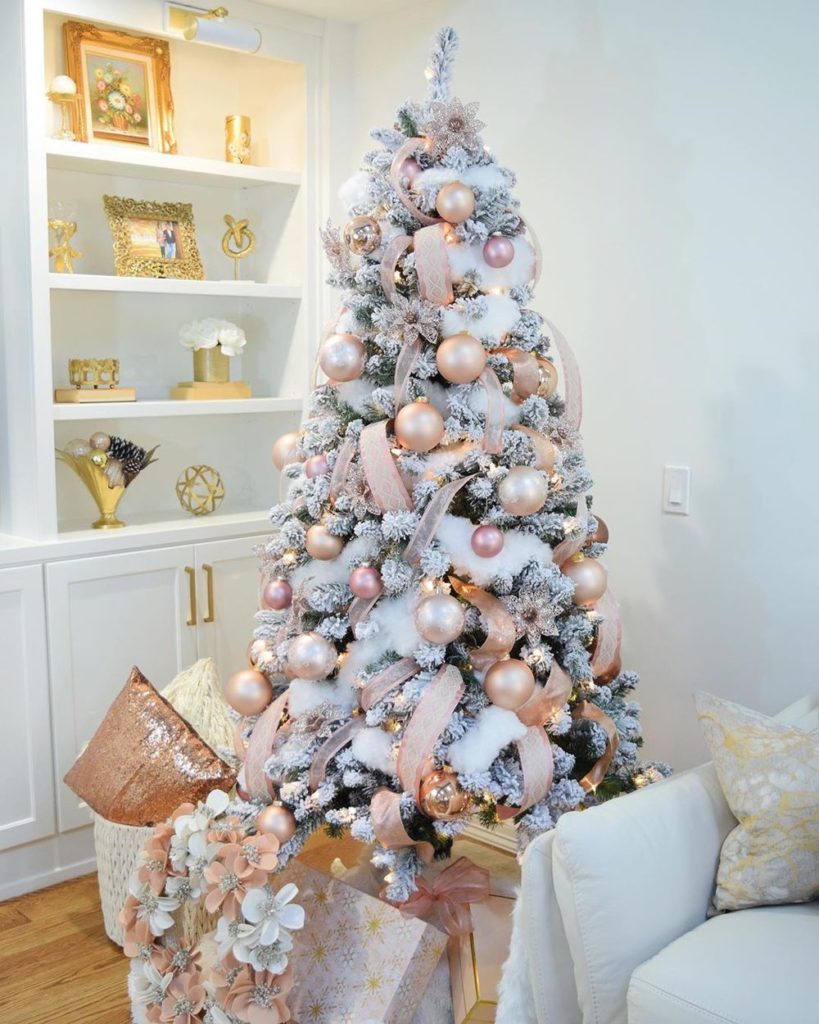
You will most likely like this understated decorating option if you love simplicity. A few white and silver flasks with stars will suffice. Lights in a warm shade create a warm touch.
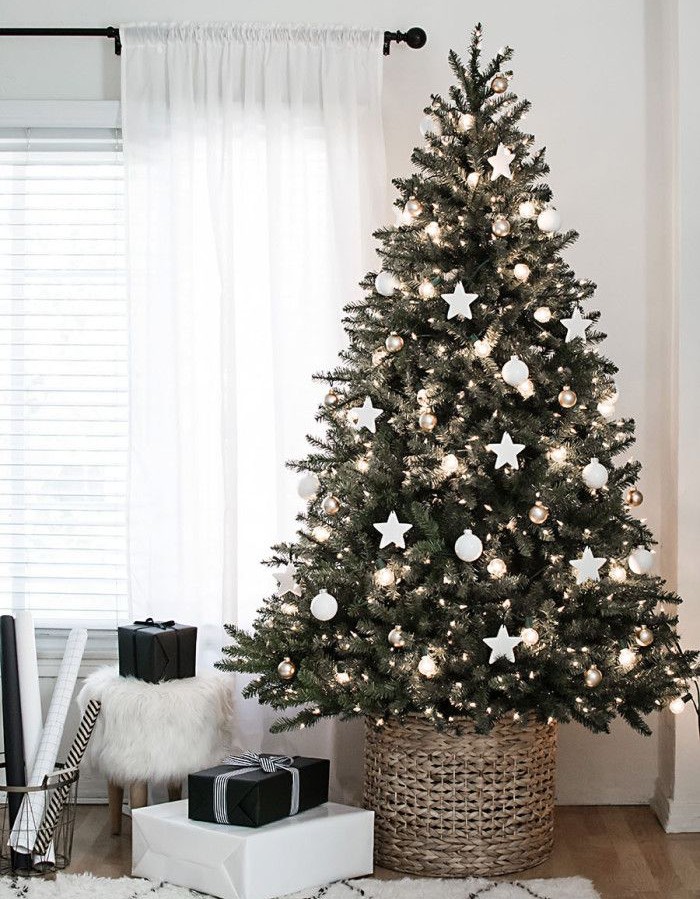
You can conjure up a rustic or village-style tree using natural materials.
Instead of shiny flasks, simple decorations without festive glitter are used, and the tip can be replaced by a ribbon in natural shades. You can wrap the ribbon around the entire length of the tree instead of the chain. You can choose materials from cloth, wood and straw.
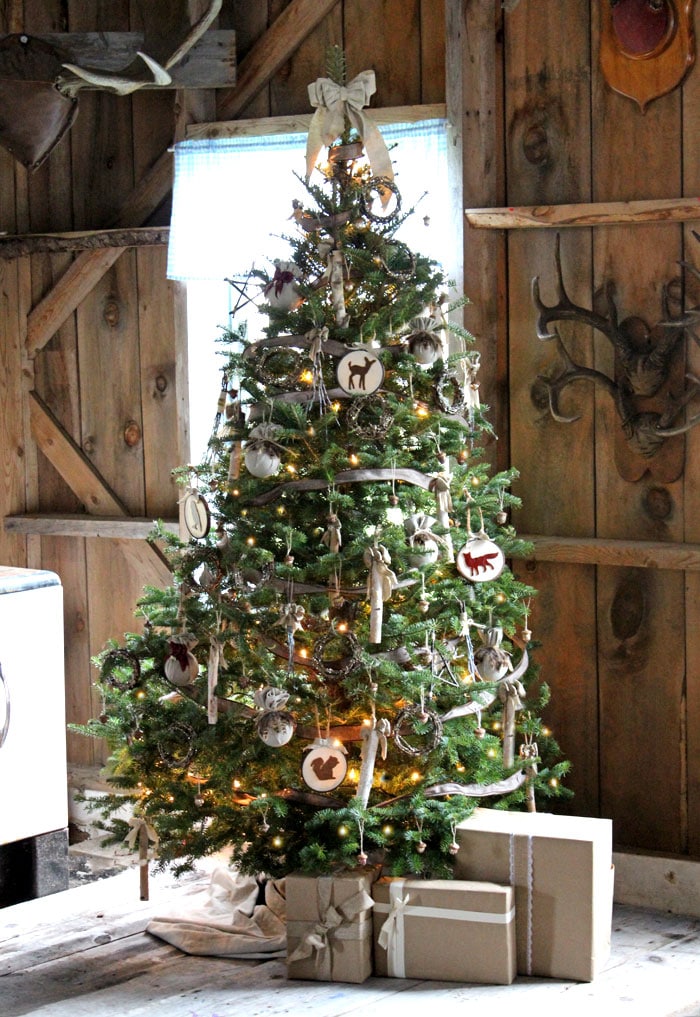
Do you have a weakness for natural decoration? See how to create a beautiful Christmas decoration from nature.
Gray, combined with the warm touch of Christmas lights, creates a warm atmosphere.
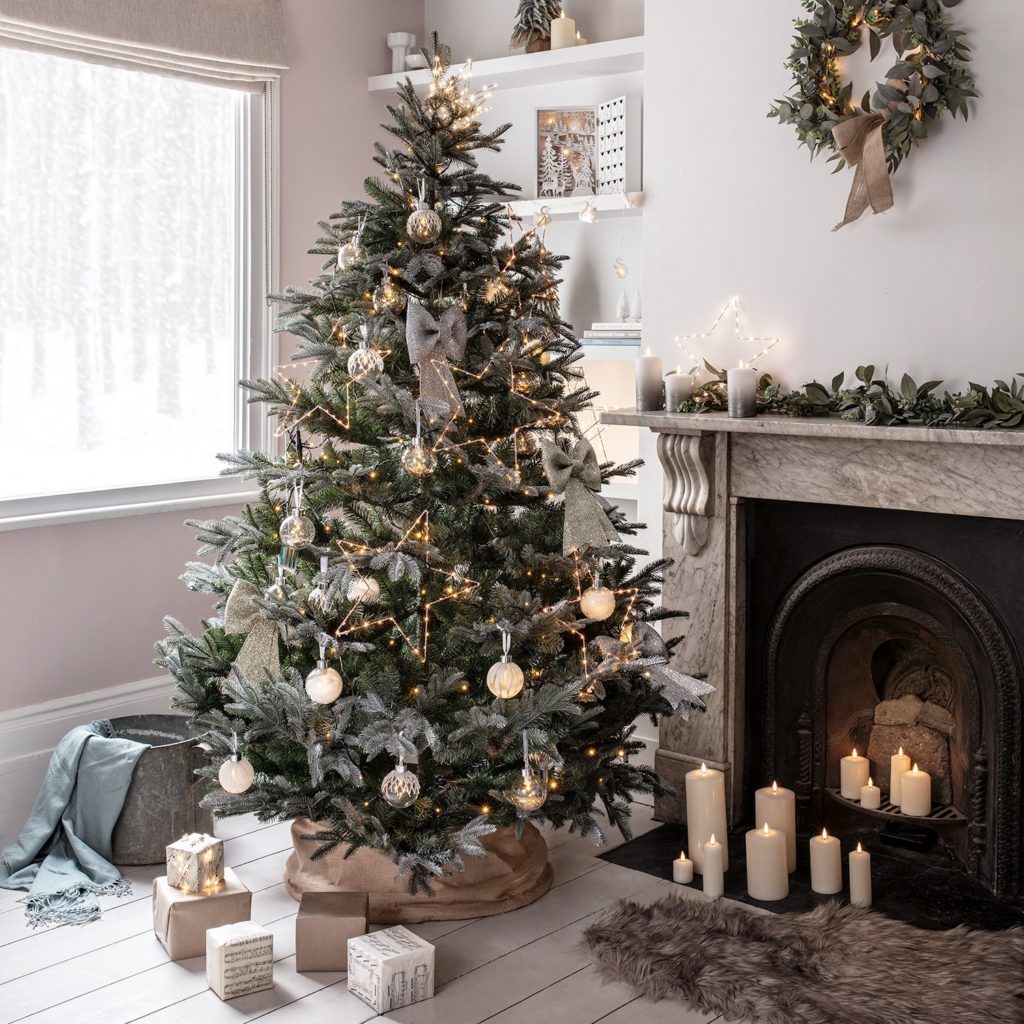
A living tree deserves harmony with nature. Decorate the tree with cone decorations, wooden flasks, and crocheted chains.
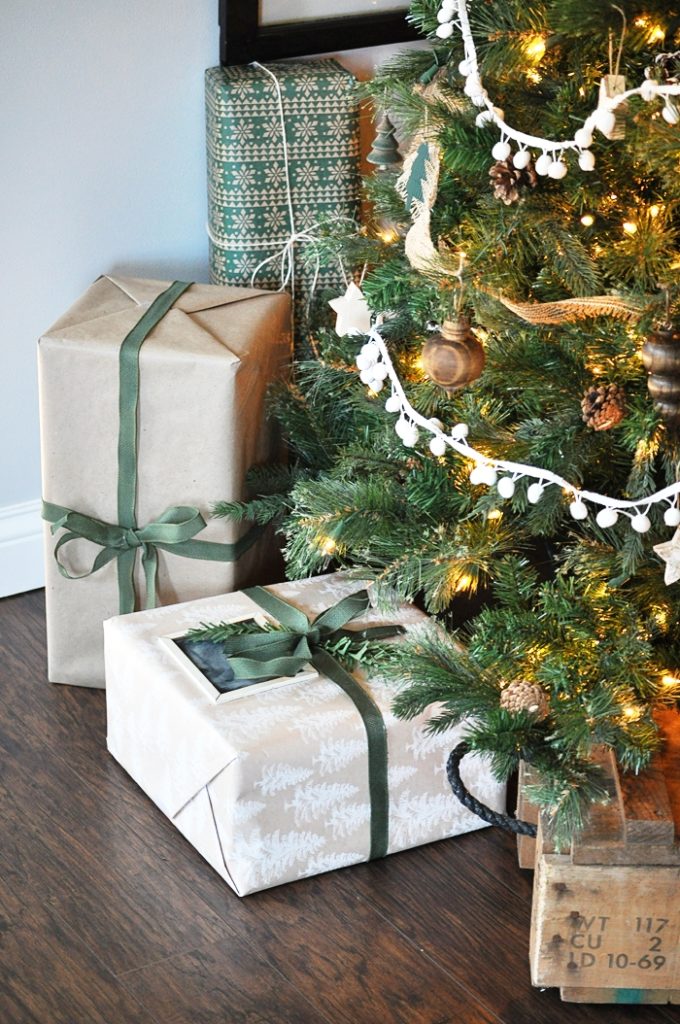
Get inspired by our article on Crafting Crochet Christmas Ornaments with a Step-by-Step Tutorial and create your own handmade Christmas decorations this year.
In short, we’ve covered all the Christmas tree options: live, artificial, and cut trees. We’ve looked at things like the impact on the environment, cost, and tradition when deciding. In the end, it’s all about personal choice.
Whether you love the smell of a live tree, the convenience of an artificial one, or the tradition of picking out a cut tree, each option has its own advantages and can help make the holiday season feel special.

